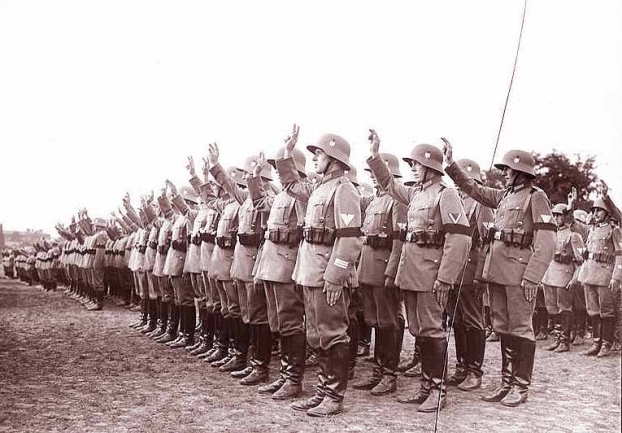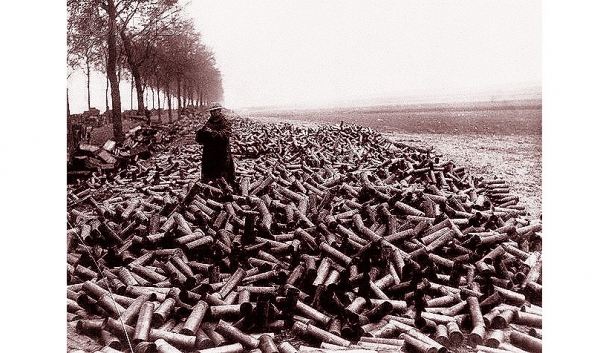The Women of the U.S. Marine Corps (Think Magazine, 1946)
Lady Leathernecks’, as the trimly-clad members were affectionately dubbed, responded to their country’s call some 19,000 strong, accomplishing more than 150 different jobs at more than fifty Marine bases and stations throughout the United States.
Organized February 13, 1943 the Women’s Reserve was directed by Lt. Colonel Ruth Cheney Streeter (1895 – 1990). Women in the Marine Corps were authorized to hold the same jobs, ranks and pay as Marines.










